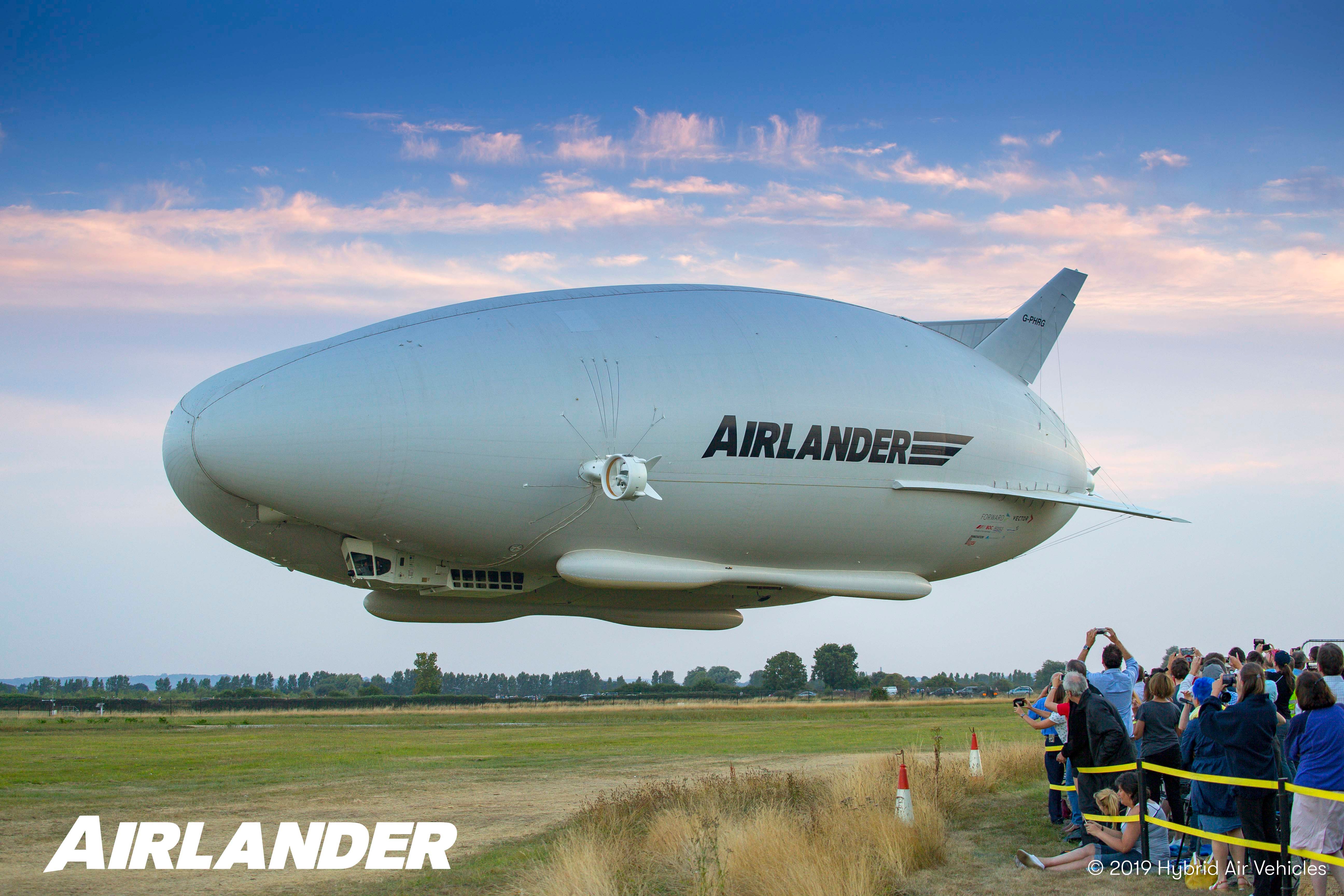The company behind one of the world’s biggest aircraft has announced its plans to go even bigger with a new aircraft designed for moving more freight.
Over the past few years, Bedford-based company Hybrid Air Vehicles (HAV) has been developing the Airlander 10, nicknamed ‘the flying bum’ due to its rear-end-like shape, in an effort to create zero-emission aircraft.
The Airlander 10 made headlines in 2016 when it left the ground for the first time, undertaking six test flights, including one where it crashed into the ground when trying to land at its base at Cardington Airfield in Bedfordshire. No crew were injured.
The aircraft is designed using lighter-than-air technology and a helium-filled hull with the aim of undergoing a zero-emissions flight by 2030.
The prototype aircraft was eventually retired in 2019 after HAV collected enough data to start developing a production-ready model.
Tom Grundy, the HAV chief executive since 2019, says the company is developing another project, the Airlander 50, that the company says will be the “future of heavy lift freight transport”.
The new model will have a 50-tonne payload, which is five times the size of the Airlander 10, carrying up to 200 passengers with a range of 2,200 kilometres at a maximum payload.

“Many industries such as remote mining and humanitarian aid rely on substantial, sometimes fragile infrastructure to transport cargo,” HAV said. “Airlander 50 will offer a new solution enabling efficient movement of heavy and awkward freight without damaging the environment.”
The plans for the new aircraft state it will be large enough to carry six 20ft shipping containers, with enough space to transport 48 passengers if the space is used for the containers.
HAV predicts that a fully electric Airlander 50 could be available by 2033, promising to reduce CO2 emissions by 1.15kg per tonne for freight per km when compared to a conventional airplane.
The company said its technology is designed to be scaled up, so it is expecting a smooth transition from the Airlander 10 development to the Airlander 50.
The company also says it eventually hopes to see an Airlander 200, with the ability to fly 200 tonnes of freight long distances.
HAV has blended the technologies from…
Click Here to Read the Full Original Article at The Independent Travel…
